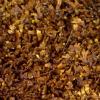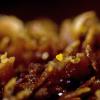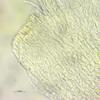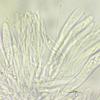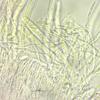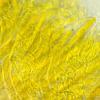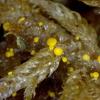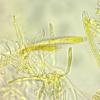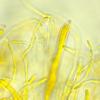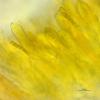
28-12-2025 12:08
Margot en Geert VullingsThis possible Karstenia was found on the bark of d

21-12-2025 21:32
Pol DebaenstHello, Garden, Burgweg 19, Veurne, BelgiumOn 10/1

26-12-2025 21:19
Arnold BüschlenPithyella chalaudii Priou. Ist als Bryoparasit in

21-12-2025 09:32
Hello.A tiny ascomycete found embedded in wood in

18-12-2025 21:17
Pol DebaenstThe identification took me to Byssonectria deformi

24-12-2025 17:08
Hulda Caroline HolteHello, I have found this propoloid ascomycete on
Bonjour,
Sur mousse (tronc de Picea en décomposition/forêt vers le Doubs à 690m), apothécies 0.1-0.2 mm de diamètre, entièrement jaune citron, asques octosporés, 70 - 80 x 7 - 9.5 µm, IKI+ (faible) KOH+IKI+, crochets+, spores guttulées, 9 - 13 x 2.8 - 3.5 µm, lisses, hyalines, paraphyses non élargies au sommet. Merci d'avance pour vos avis.
Elisabeth

Hello Elisabeth,
some years ago I found similar yellow discomycetes on living and dying liverworts (mainly Nowellia curvifolia, but also Riccardia palmata and Lepidozia) in Croatia.
Your sample, however, has larger and more oil-rich spores (for instance).
The liverwort in your foto should be a Riccardia in my opinion, maybe R. latifrons.
Best regards, Lothar

this is one of the most mysterious genera I know, especially because I never saw a report of such a fungus in the literature. I called it Luteodiscus nom. prov., and the collected images are at present surely misplaced in the Gelatinodiscaceae folder.
There you can find a list of folder names for different moss/liverwort genera, and the docus ar partly only in dead state, so difficult to compare. Higher lipid contents indeed occur, but I am unable to tell how many species exist, perhaps only two or so.
So far we have ITS and LSU sequences of the samples from Frullania and Pleurozium, and their similarity in the ITS is so high that I would say they are the same (1 nt and 2 gaps).
So it seems that liverworts and bryophytes have the same sequence.
Möchte noch die Frage hinzufügen: Ist das Foto in IKI oder KOH+IKI? Wichtig ist ob die Farbreaktion ohne KOH eher bläulich oder rötlich war. Die Population auf Nowellia reagierte nämlich rein rot.
Zotto

Man muss mit der Jodreaktion da genau hinschauen, also ob die Reaktion rot ist wenn das Lugol gerade anfängt zu wirken, oder ob da erst blau zu sehen ist was nach rot umschlägt. Mir schien das mit der Nowellia bislang ein klarer Unterscheidungsfall, aber man weiß bei dieser Sippe nicht so recht.

Hallo Elisabeth,
das Laubmoos ist vermutlich Hypnum cupressiforme - oder etwas sehr Ähnliches. Dafür sprechen die sichelförmig-einseitswendigen Blättchen.
LG Lothar

Liebe Grüße Zotto

Dein erstes Fotos mit Jod ist wohl in KOH+IKI weil es eine blaue Reaktion zeigt?
Sind jetzt die beiden Funde aus der etwa gleichen Gegend? Kannst du mir das Datum sagen, damit ich die Bilder beschriften kann?
Danke
Zotto
